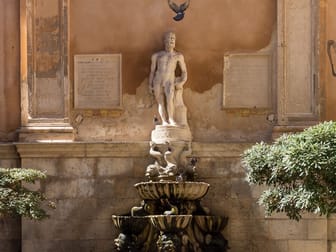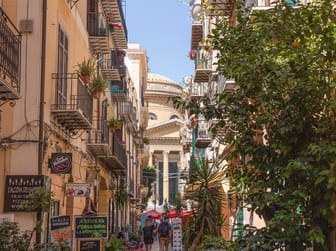Norman Palace
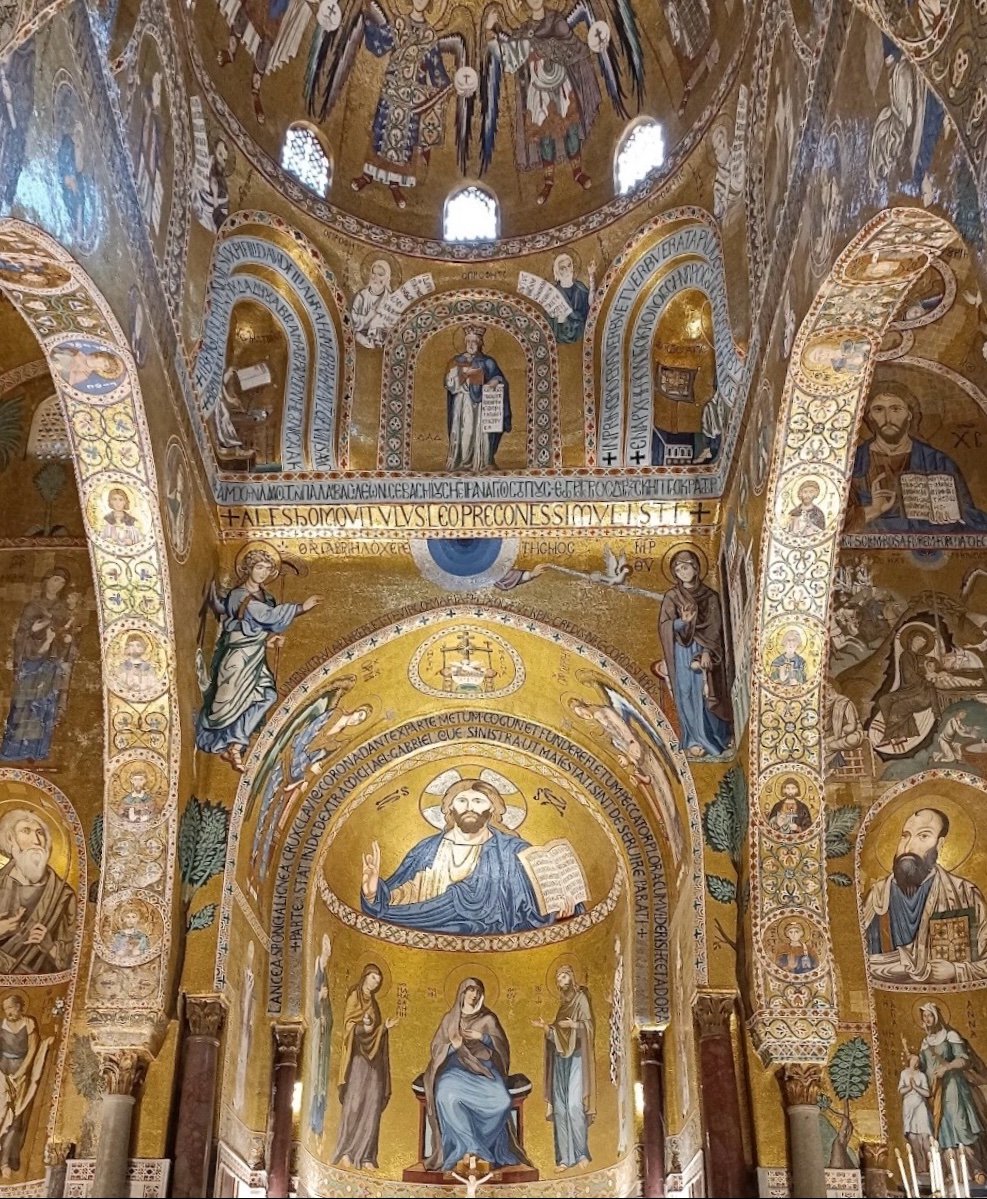
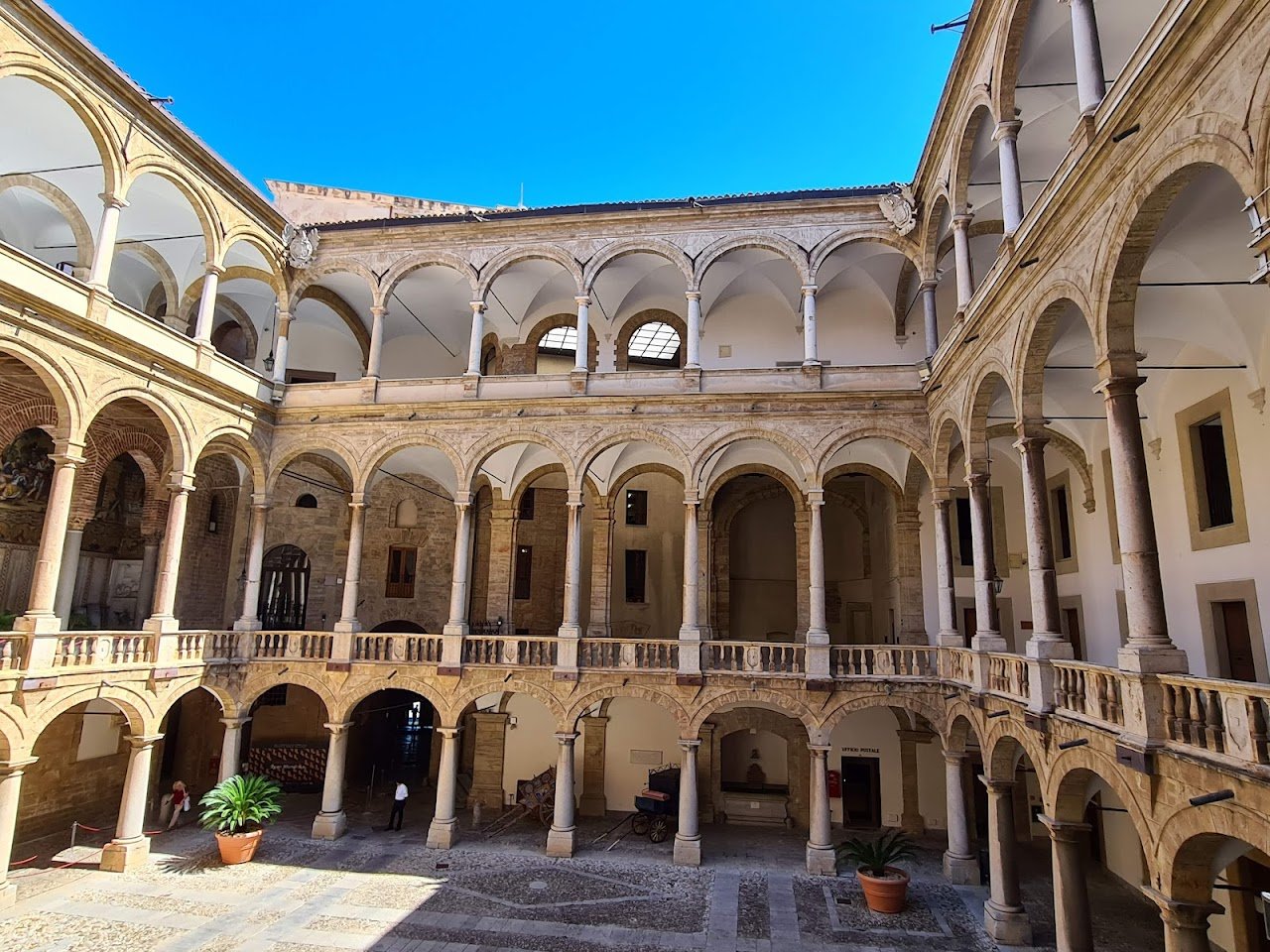
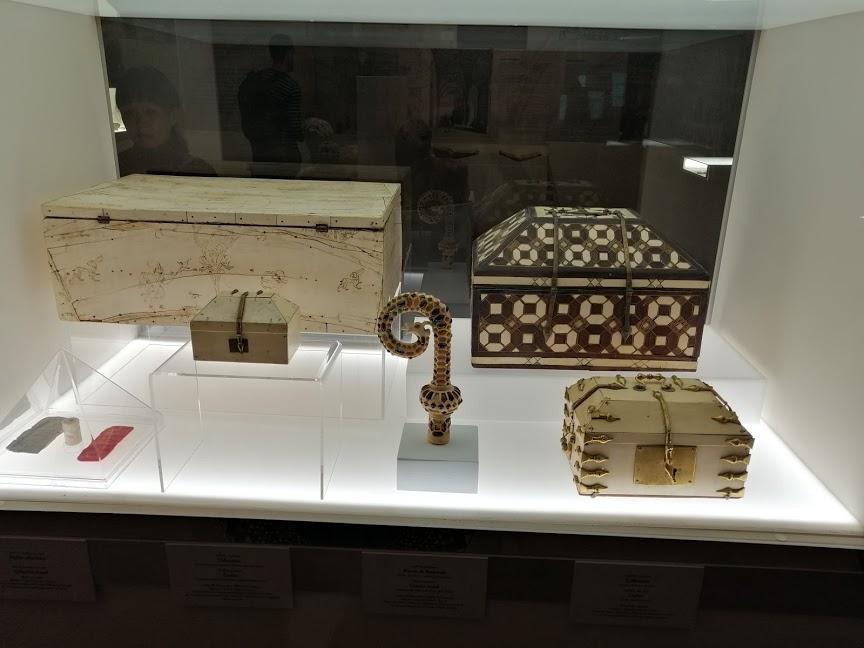
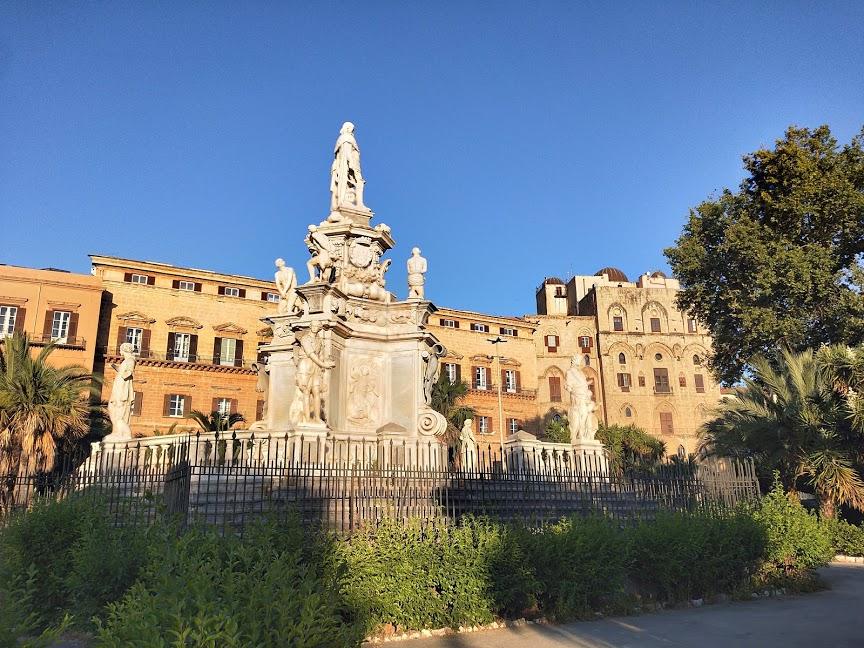
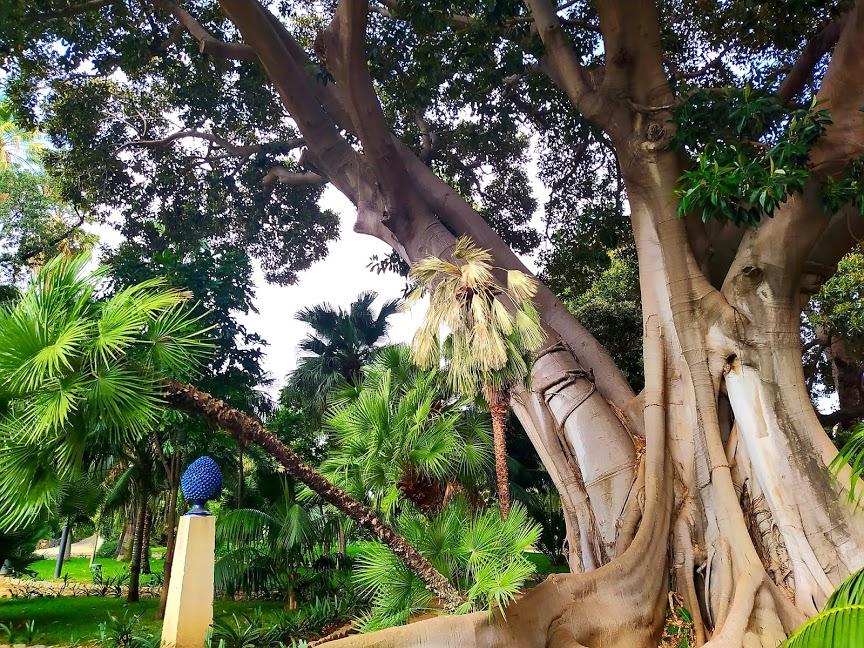
Ask ThatchGPT
Suggest a local expert to plan my trip
Suggest an unique itinerary for my Italy trip
What foods do Italy locals eat
What are some true hidden gems in Italy
Help me brainstorm trip ideas for Italy
Help me plan a family-friendly trip to Italy
What people say
Pedro Pereira
Available for hire
"The Palazzo dei Normanni, also known as the Royal Palace of Palermo, is a captivating landmark in Sicily, Italy. It boasts a rich and complex history, serving as a seat of power for various rulers throughout the centuries. Here's a detailed look at this architectural gem:
A Legacy of Power:
The origins of the Palazzo dei Normanni date back to the 9th century when it was a fortress under the Emirate of Sicily. Following the Norman conquest of Sicily in the 11th century, the building was transformed into a royal palace by Roger II. This marked the beginning of an era where the Palazzo dei Normanni became the heart of the Norman kingdom in Sicily, a symbol of power and wealth.
Architectural Fusion:
The architectural style of the Palazzo dei Normanni reflects the multicultural influences that shaped Sicily during this period. Norman elements blend seamlessly with Arabic features, creating a unique and captivating aesthetic. The powerful facade hints at the grandeur within, while the courtyards offer a glimpse into the palace's serenity.
A UNESCO World Heritage Site:
The architectural and historical significance of the Palazzo dei Normanni is recognized by UNESCO, earning it a place on the World Heritage List. The palace complex includes several noteworthy structures, each contributing to its overall beauty and historical value.
The Palatine Chapel:
The crown jewel of the Palazzo dei Normanni is undoubtedly the Palatine Chapel (Cappella Palatina). Built by Roger II in the mid-12th century, this chapel is a masterpiece of Byzantine art and mosaics. Gleaming mosaics depicting religious scenes and figures adorn the walls and ceilings, creating a breathtaking visual spectacle. The opulent decoration and intricate details showcase the artistic mastery of Byzantine artisans and the immense wealth of the Norman kingdom.
Halls of Majesty:
Beyond the Palatine Chapel, the Palazzo dei Normanni boasts other captivating spaces. The Hall of Roger II (Sala di Ruggero II) is known for its exquisite muqarnas ceilings, a hallmark of Islamic architecture. The King's Apartment (Appartamento del Re) offers a glimpse into the royal living quarters, while the Hall of Hercules (Sala d'Ercole) features stunning Renaissance frescoes. Each room within the palace complex tells a story, transporting visitors back in time to a bygone era of grandeur and artistic expression.
A Living Legacy:
Today, the Palazzo dei Normanni continues to serve a significant purpose. It houses the Sicilian Regional Assembly, the seat of the Sicilian parliament. This unique combination of a historical monument with a functioning government office makes the Palazzo dei Normanni a living testament to Sicily's rich past and vibrant present. Visitors can explore the historical sections of the palace, marveling at its architectural wonders and artistic treasures, while the ongoing presence of government adds another layer of significance to this captivating landmark."
Teodora Cvetanoska
Available for hire
"Palazzo dei Normanni (Palace of the Normans) is a historic palace originally built in the 9th century by the Arab rulers and later expanded by the Normans in the 11th century. It showcases a blend of Arab, Norman, and Byzantine architectural styles. Today, it houses the Sicilian Regional Assembly. Inside the palace is the Cappella Palatina (Palatine Chapel), commissioned by Roger II in 1132. The chapel is famous for its stunning Byzantine mosaics, Arab-inspired muqarnas ceiling, and a remarkable mix of Byzantine, Islamic, and Western art. Both sites are UNESCO World Heritage Sites, reflecting Sicily’s rich, multicultural history."
Read more in:
Emma Myrick
Available for hire
"Historically the palace of Norman kings, but actually one of the oldest royal residences in Europe. The garden behind it is free to enter, but the palace requires tickets. "
Read more in:
Mentioned in these guides
About Norman Palace
Get the inside scoop on Norman Palace from local experts, travel creators, and tastemakers. Browse genuine trip notes, Norman Palace reviews, photos, travel guides, and itineraries from real travelers and plan your trip with confidence.
Phone
Save this spot for later or start mapping out a new trip today
Try our AI Travel Assistant and get instant answers to any questions about your trip.
Ask ThatchGPT

